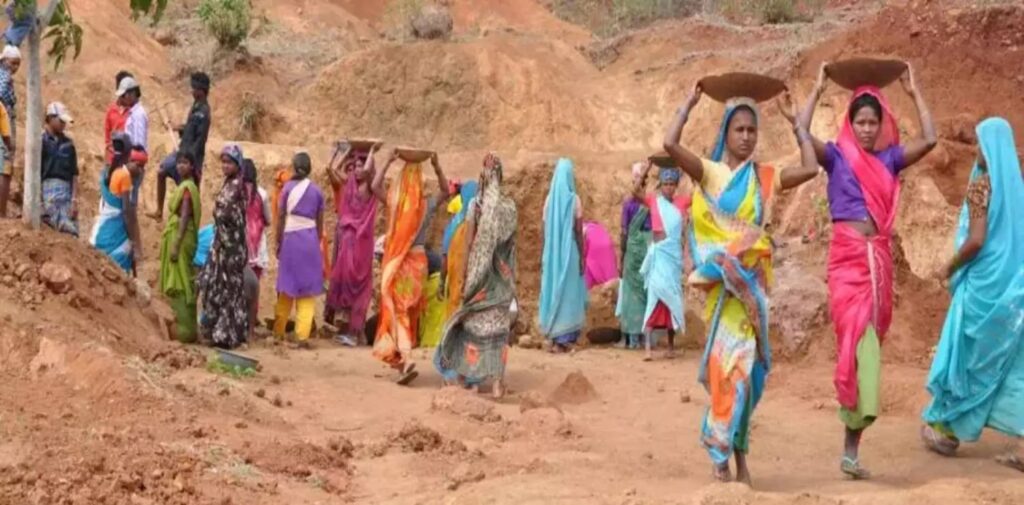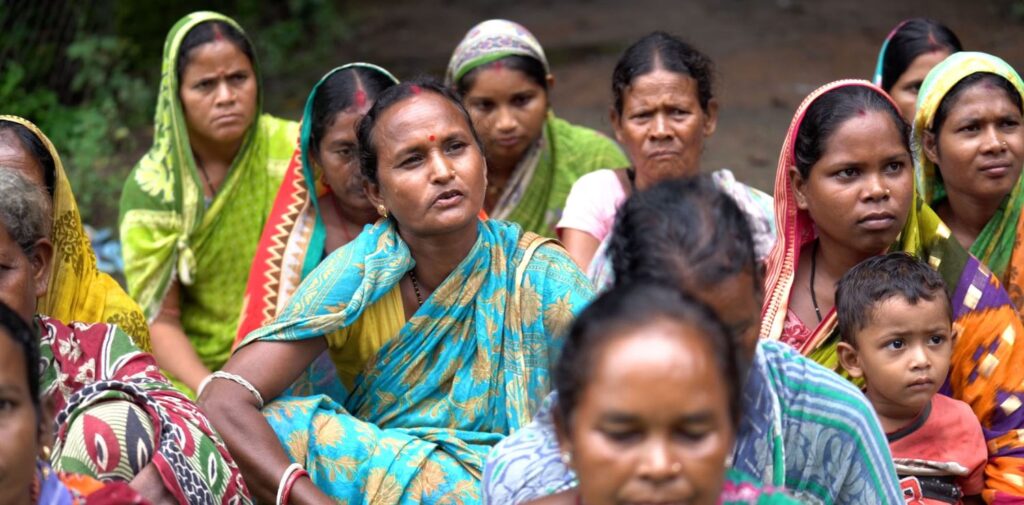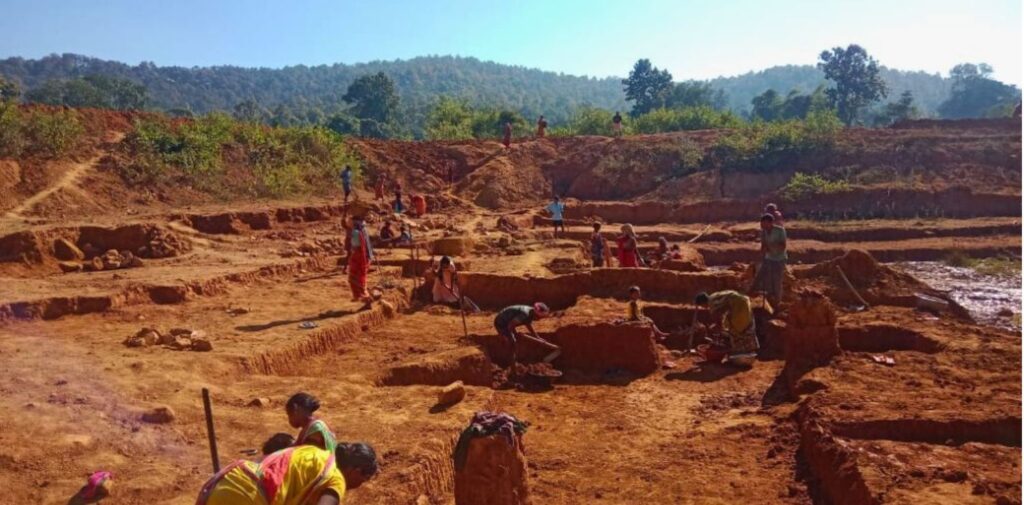The National Rural Employment Guarantee Act (MGNREGA), launched in 2005, is one of India’s most significant social security initiatives aimed at addressing rural poverty and unemployment. The program was designed to provide wage employment to rural households by guaranteeing 100 days of work every year for every rural household whose adult members are willing to do unskilled manual labor. The idea behind MGNREGA was not only to provide employment but also to create assets that benefit rural communities in the long term. Since its inception, MGNREGA has impacted millions of lives and continues to play a crucial role in India’s rural economy.
Purpose and Objectives of MGNREGA
The core purpose of MGNREGA is to ensure that rural households have access to at least 100 days of guaranteed employment every year. This employment focuses on creating public assets like roads, water conservation structures, ponds, and irrigation systems, which improve the overall infrastructure in rural areas. Additionally, the program aims to reduce poverty, empower women, and provide financial security to families that rely on agriculture and related sectors for their livelihoods.
The primary objective is to address rural unemployment, especially in areas where agricultural jobs are not sufficient to provide year-round work. By providing employment opportunities, MGNREGA ensures that people can earn a livelihood in their own villages, preventing rural migration to cities in search of work. Moreover, the scheme strives to create sustainable assets that will improve agricultural productivity and the overall quality of life for rural communities.

Economic Impact and Poverty Reduction
One of the most significant impacts of MGNREGA has been in the area of poverty alleviation. With guaranteed employment, millions of rural families have received a steady source of income. This income has been especially crucial during times of agricultural distress when farming activities are not able to sustain the livelihoods of rural families.
Through MGNREGA, people can access employment when other forms of work are unavailable. For many families, this has served as a lifeline. It has also provided an opportunity to save money and invest in other essential needs, such as education and healthcare, which directly contribute to improving living standards. The wages paid under MGNREGA, though modest, have been a critical source of support for many families, particularly in drought-prone and backward regions where other economic opportunities are scarce.
Women Empowerment and Social Inclusion
Another important impact of MGNREGA has been in promoting social inclusion and empowering women. MGNREGA mandates that at least one-third of the total beneficiaries must be women, and this has led to a significant increase in the participation of women in the workforce. Women who previously had limited opportunities for employment due to social and cultural barriers have found meaningful work under MGNREGA.
The ability to earn an income through MGNREGA has not only improved women’s financial independence but has also helped boost their social status in rural households. Women who participate in MGNREGA are more likely to have control over household finances and decision-making. Furthermore, many women are using their earnings to invest in their children’s education, healthcare, and other critical aspects of family welfare, which has a positive impact on the community as a whole.
By ensuring women’s participation in the workforce, MGNREGA contributes to reducing gender inequality in rural areas and plays an important role in fostering more inclusive development.

Infrastructure Development and Long-Term Benefits
MGNREGA’s focus on creating physical infrastructure in rural areas is one of its most significant contributions. The scheme has been responsible for constructing a wide range of public assets, including roads, water harvesting systems, irrigation channels, and rural connectivity projects. These assets, while providing immediate employment, also create long-term benefits for the rural economy.
The construction of roads and infrastructure has improved rural connectivity, making it easier for farmers to transport their goods to markets. This leads to better access to essential services like healthcare, education, and markets, which is critical for rural development. The focus on water conservation and irrigation structures has also helped improve agricultural productivity, especially in regions facing water scarcity.
Over the years, MGNREGA has helped in building thousands of rural infrastructure projects, many of which have transformed the rural landscape, making villages more self-sustaining and resilient to challenges such as climate change and economic fluctuations.
Challenges and Issues in Implementation
While MGNREGA has had a significant impact, its implementation has not been without challenges. One of the major issues has been the lack of proper monitoring and accountability in some regions. Reports of corruption, where funds meant for wages and infrastructure development are misused or siphoned off, have surfaced over the years. This has resulted in delays in wage payments and incomplete projects.
Additionally, while the scheme guarantees 100 days of work, the availability of work is not uniform across all regions. In some states and districts, the demand for work far exceeds the number of available projects, leaving many beneficiaries without employment. The lack of proper planning, insufficient resources, and delays in fund disbursements have also hindered the effectiveness of MGNREGA in certain areas.
Another challenge is the inadequate focus on skill development and the need for upskilling workers. Most of the work under MGNREGA is unskilled manual labor, which does not provide workers with skills that can be used in other sectors. As a result, many workers remain dependent on MGNREGA for employment and are unable to transition to more skilled, higher-paying jobs.
Technological Advancements and MGNREGA
In recent years, technology has been playing an increasingly important role in improving the efficiency of MGNREGA. The introduction of the Management Information System (MIS) has helped streamline the implementation process, making it easier to monitor the progress of works and ensure timely payments. Online tracking of workers’ attendance, payments, and project status has reduced the chances of corruption and made the process more transparent.
Additionally, the use of Geographic Information System (GIS) mapping has helped in planning and identifying locations that require infrastructure development. This technology-driven approach has made it easier to track work progress, ensuring that projects are completed in a timely manner and that beneficiaries receive their wages without delays.
The use of technology has also facilitated better coordination between different government agencies and has made it possible to detect and address problems in real-time.
MGNREGA and Climate Change Resilience
MGNREGA has also contributed to building climate resilience in rural India. Many of the assets created under the scheme, such as water conservation projects, drought-resistant irrigation systems, and afforestation activities, help mitigate the effects of climate change. Rural areas in India are particularly vulnerable to climate-induced events such as floods, droughts, and erratic rainfall patterns, which often disrupt agricultural productivity.
By focusing on creating infrastructure that improves water management and soil conservation, MGNREGA has helped enhance the resilience of rural communities to these environmental challenges. The scheme’s focus on creating sustainable agricultural practices has provided farmers with tools to adapt to changing climatic conditions, ensuring long-term food security for millions of people.

Future Prospects of MGNREGA
As India continues to grow and evolve, the need for rural employment and poverty reduction remains central to the country’s development goals. MGNREGA’s impact has been significant, but it can still be improved to meet the needs of an evolving rural economy. The future of MGNREGA lies in expanding its scope, ensuring more projects are implemented, and improving the quality of work and wages provided under the program.
Furthermore, integrating skill development into MGNREGA will help workers transition to more sustainable livelihoods and reduce their dependency on the program in the long term. More focus on modern technologies, such as green energy, sustainable farming, and renewable resources, can further align MGNREGA with the goal of making rural communities more self-reliant.
Conclusion: National Rural Employment Guarantee Act
MGNREGA has had a profound impact on India’s rural development, providing millions with guaranteed employment, reducing poverty, and improving infrastructure. While challenges remain in terms of implementation, the program has succeeded in creating a safety net for rural households, empowering women, and helping build long-term infrastructure that benefits entire communities. As the program evolves and adapts to the changing needs of rural India, it will continue to play a crucial role in the country’s efforts to achieve inclusive and sustainable growth.




